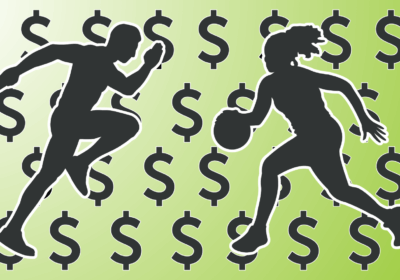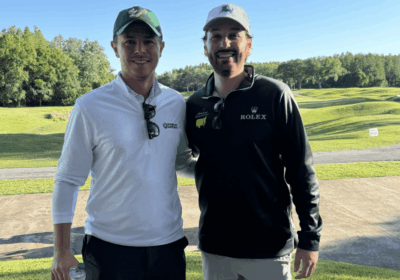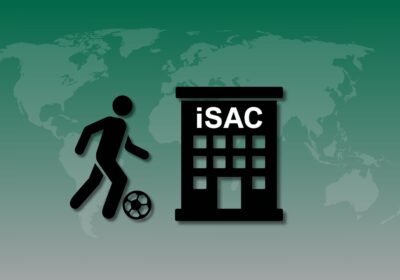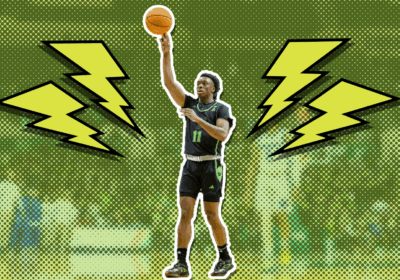Analysis: College sports may be the hardest to bring back

Over the past month, live sports have slowly come out of the woodwork in society’s attempt to return to some sort of normal.
The Chinese Professional Baseball League (CPBL), the Korean Baseball Organization (KBO) and the K League were among the first leagues to resume playing amid the coronavirus pandemic.
Just this past weekend, the Bundesliga was the first major European league to make a comeback after putting its season on hold in mid-March.
These leagues may have come back without fans in the stands, but they’ve captivated the attention of sports-starved fans looking for just a crumb of a home run or a glance at a curling free kick.
But efforts to bring sports back in the U.S. are stalled in the planning phase. Because the U.S. still leads the world in confirmed coronavirus cases — more than 1.4 million — the resumption of sports is a significant undertaking.
College sports — with multiple conferences across multiple states and factors that extend beyond the realm of sports — may be the most difficult to bring back.
Banking on regulations
Because the reopening of states is left up to governors, they ultimately have a say when it comes to sports returning. Because conferences have teams from multiple states, providing a solution at the conference level may prove challenging.
The AAC consists of member and associate universities from 12 states. Five of those are in the top 10 states with the most cases in the country — California, Pennsylvania, Texas, Florida and Maryland.
In states like California — where Gov. Gavin Newsom is against the return of sports until a vaccine is openly available — individual programs and conferences face uncertainty.
If state governors don’t give the green light, there’s a possibility some conferences may not have all their members participate.
“We’re hopeful the governors have a consensus reached so you don’t have a situation where you have football in Texas but not in California. Or you have it in Michigan but don’t have it in Pennsylvania. And that’s a definite possibility at this point,” AAC commissioner Mike Aresco told Sports Illustrated.
As far as regulations within the NCAA, they’re mostly nonexistent, which adds another significant element to the complexity of any decision made, according to Ramogi Huma, executive director of the National College Players Association.
“I hope fall sports return safely … but there are no health and safety standards that are enforced in college sports,” Huma told USA Today. “Anybody that calls for the return of college sports needs to also be calling for enforced health and safety standards.
“If they’re talking about one without the other … when there are unenforced guidelines regarding coronavirus … they’re doing a disservice to not just the players, but the health of the public.”
Getting students back on campus
USF Provost Ralph Wilcox sent out an email Wednesday to provide an update on future plans with the close of the spring semester. He wrote the resumption of physical classes and on-campus activities would come with precautions — mandatory masks, social distancing, temperature checks, cleaning protocols and contact tracing.
Those same precautions would be applied to athletics.
Unlike some major professional teams that can test players on a weekly or biweekly basis, applying the same measures to college athletics is likely more idealistic than feasible.
Student-athletes still have to attend classes and interact with people outside of their sports. Given there are multiple programs in season at a given time, testing and contact tracing athletes across different sports could prove challenging.
However, it’s not impossible.
Iowa State developed a plan to bring back athletes who are working through post-surgical rehabilitation to campus so athletic trainers could continue to work with them. The plan was rolled out last week and includes detailed steps before anyone is allowed back on campus.
The process starts with an electronic questionnaire on the day of the appointment that asks student-athletes if they had any symptoms of coronavirus. If the student doesn’t respond, then they don’t get treatment.
Student-athletes who are approved for appointments are given a temperature check at the door. The clinicians also reduced the number of athletes they saw in an hour — from 15 down to one.
For on-campus sports to resume, conditioning and physical therapy must come first. Iowa State’s practices, if proven successful, could continue to become more widespread.
It may seem like baby steps, but it could be the key to unlocking the resumption of college sports and preventing the floodgates from opening.







